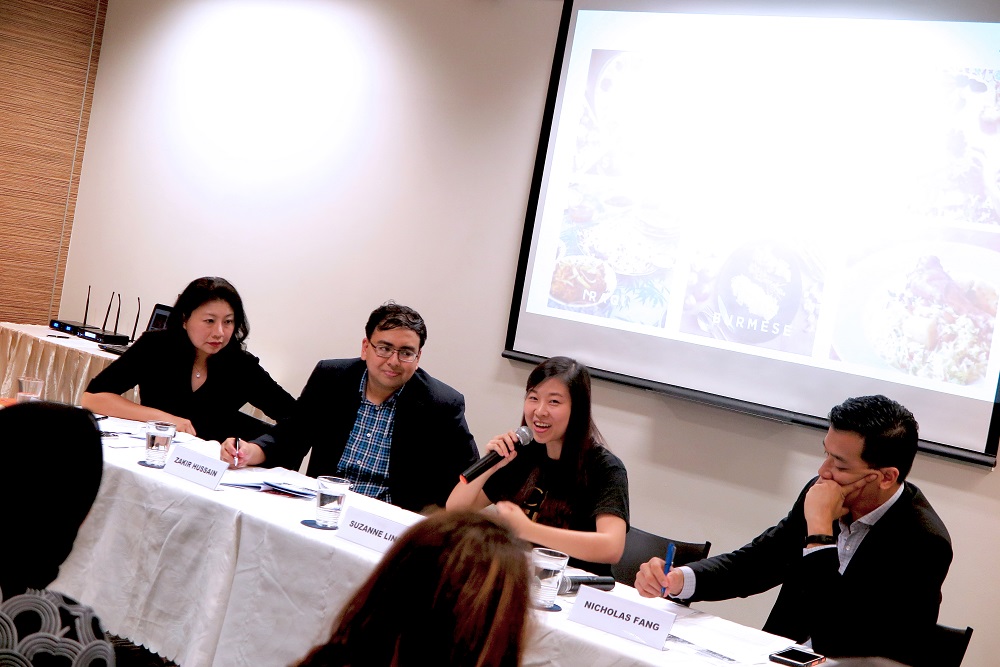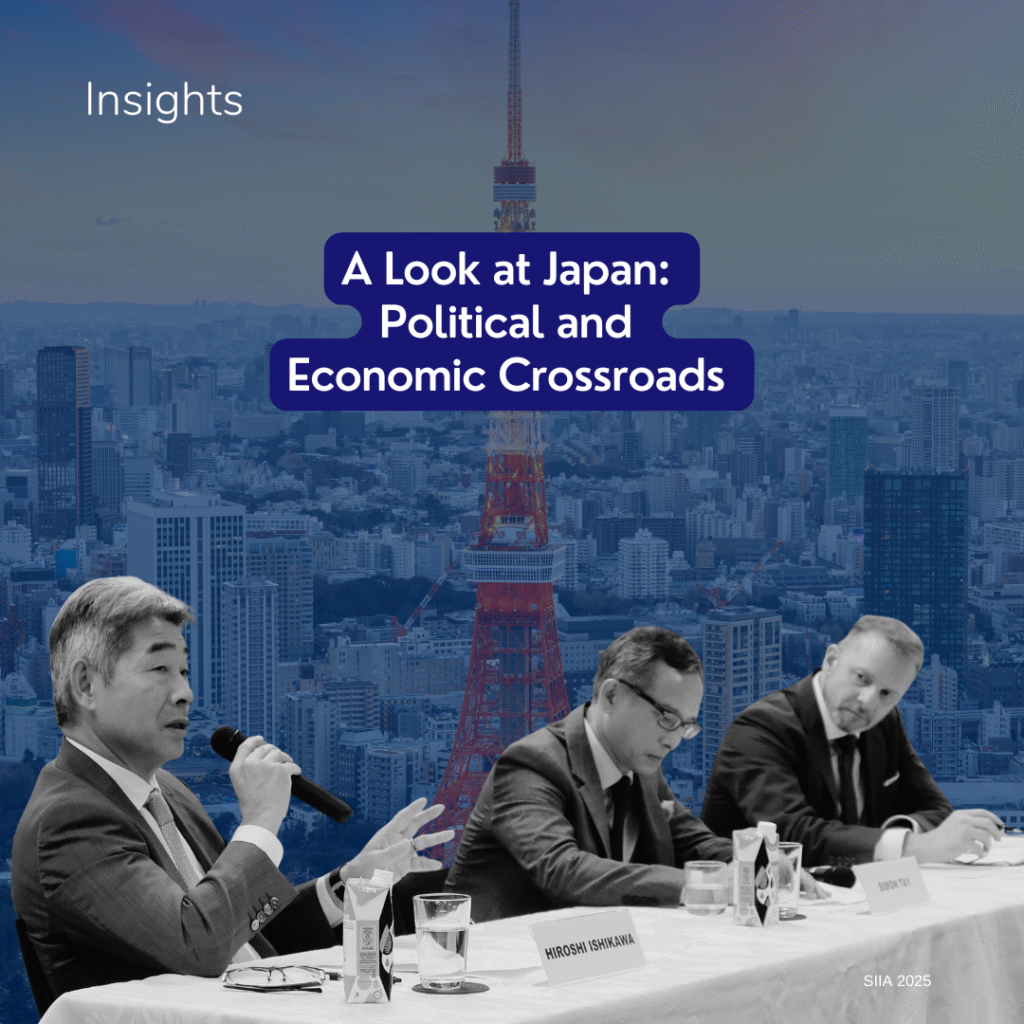Singapore is currently the chair of the Association of Southeast Asian Nations (ASEAN). But how much do people in the region really care about the grouping? We held a talk on “We are ASEAN: In Search of a Regional Identity” on 23 January 2018, exploring what it means to be Southeast Asian. ASEAN is often seen as just an economic body. Can it be more relevant to its people?
We heard from Ms. Moe Thuzar, Fellow, Lead Researcher (Socio-Cultural Affairs), ASEAN Studies Centre, ISEAS-Yusof Ishak Institute, Mr. Zakir Hussain, Foreign Editor, The Straits Times Singapore, and Ms. Suzanne Ling, Co-Founder, The Picha Project, a Malaysian social enterprise that helps refugees earn livelihoods. The session was moderated by Mr. Nicholas Fang, Executive Director, SIIA. Here’s some highlights from the discussion.
More photos from the event are available on Facebook.
The session was our first “ASEAN Citizens” talk for 2018, kicking off a new series to coincide with Singapore’s term as ASEAN chair.
Awareness of ASEAN
There have been a number of recent surveys on what people in the region feel about ASEAN, by ISEAS-Yusof Ishak, ERIA (in collaboration with SIIA and other think tanks), and Blackbox Research. The studies generally agree there is a good level of basic awareness about ASEAN, insofar as people know it exists and what the acronym stands for.
However, there is a level of dissonance in identifying with ASEAN. People will naturally see themselves as a citizen of their own country first and foremost. There is a running joke among ASEAN-watchers that awareness of ASEAN, in any given country, is always highest when that country takes over the ASEAN chair. Ultimately, ASEAN is an artificial political construct. It is not the same as being ‘Southeast Asian’. That said, while people may not fully identify with ASEAN, many do feel some sense of belonging.
Is ASEAN just an economic body?
ASEAN is still generally perceived as a body for discussion and dialogue among elites, with news reports driven by what leaders say at summits. The emphasis has traditionally been on economic cooperation. However, it is hard to fault ASEAN for that. ASEAN came together during the Cold War as a security umbrella, and today there is still an element of encouraging cooperation as a means of responding to great power competition. The security and economic imperatives are still real. In this sense, it is likely ASEAN will continue working together, if only because a group of countries speaking together has more impact in international politics than one country acting alone.
The challenge for ASEAN is that the grouping has been criticised as not doing enough to address crises in its own neighbourhood. However, the panel noted that ASEAN typically only draws international attention when a crisis occurs, bringing it into the spotlight, such as the recent violence and refugee situation in Myanmar’s Rakhine state. Much of what ASEAN does in other areas goes unnoticed, since it may take years to bear fruit. Many media reports do not acknowledge the many years of quiet diplomacy that ASEAN states have undertaken in engaging with Myanmar. There are signs that Myanmar does take its membership in ASEAN seriously; for instance, in 2005 Myanmar decided to postpone its then-upcoming chairmanship of ASEAN, rather than tarnish the grouping’s international reputation.
Can we grow an ASEAN identity?
Speakers and event participants agreed that identity building needs to be organic. That said, international efforts can be helpful. For instance, US President Barack Obama’s Young Southeast Asian Leaders Initiative (YSEALI) has helped connect dozens of young leaders, introducing them to their peers. Change can thus occur when top-down measures and bottom-up approaches meet at a middle point. Programmes to develop the region’s future influencers, especially youth, can make a difference and strengthen cooperation.
ASEAN commitments are regional, but implementation is national. Any efforts to boost ASEAN awareness have to occur at the national level. For example, there are already textbooks and other official educational resources about ASEAN, but it is up to individual schools or national bodies to decide if they wish to include them in their social studies or history curriculum.
ASEAN is often compared to the European Union. ASEAN has now been in existence for over 50 years, and in the same period of time Europe has been able to build much more impressive regional institutions. However, while there is a lot that ASEAN can learn from the EU, Europe has faced its own problems in recent years, such as demonstrating the shortcomings of a single currency, or having the electorate of a major member vote leave the grouping.
Thus, in comparison, ASEAN has perhaps performed adequately as a regional organisation. ASEAN is not perfect, and there is room for improvement, but it is still something that Southeast Asians can be proud of.







